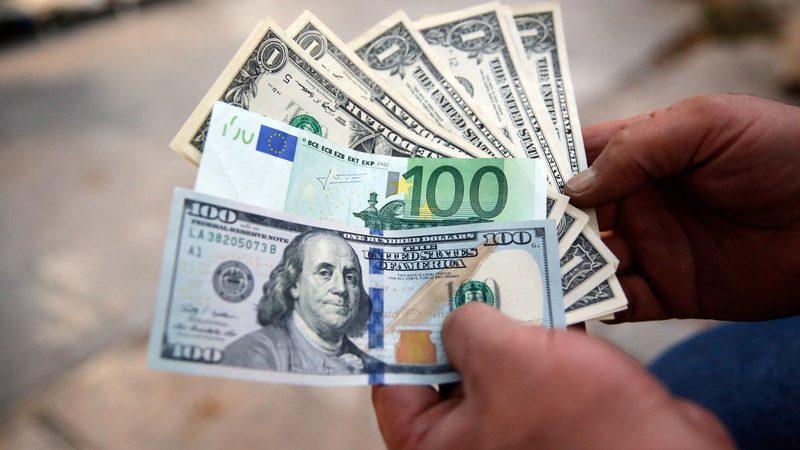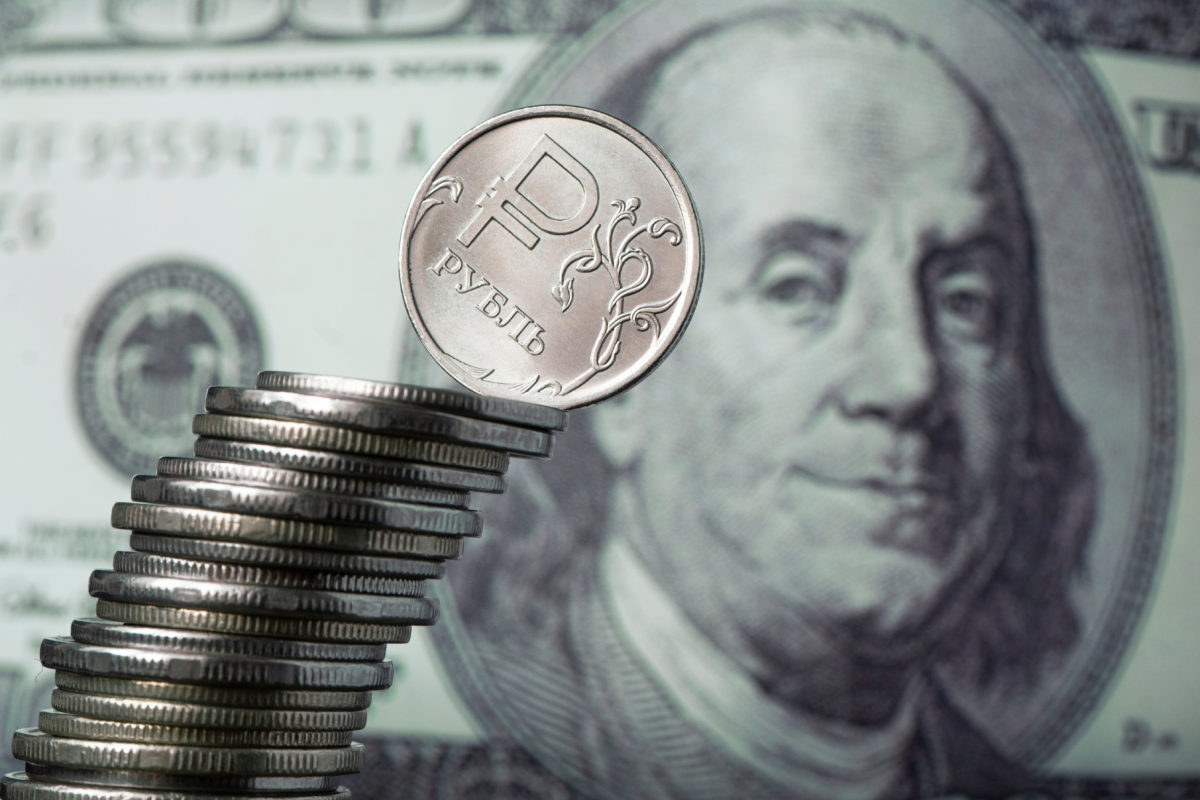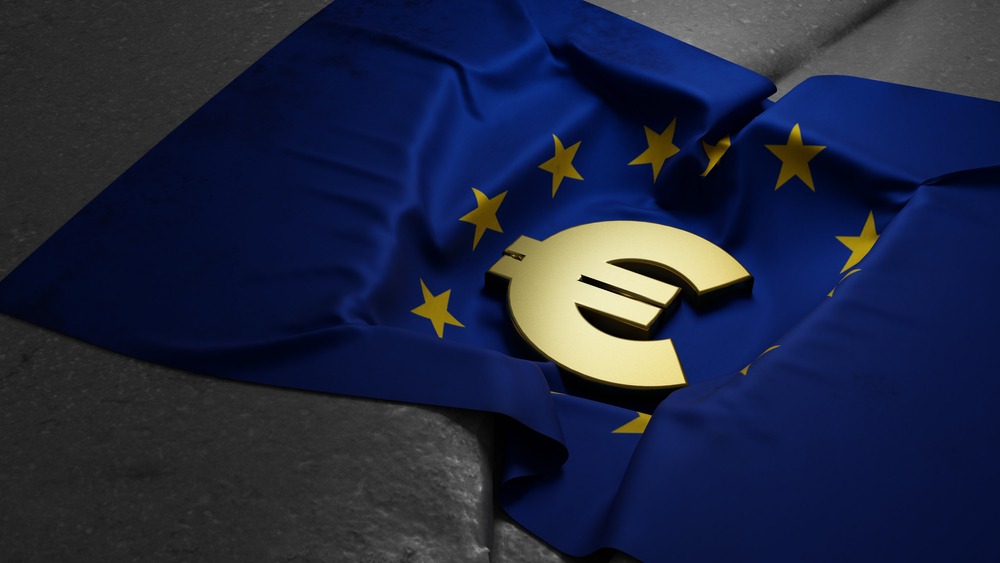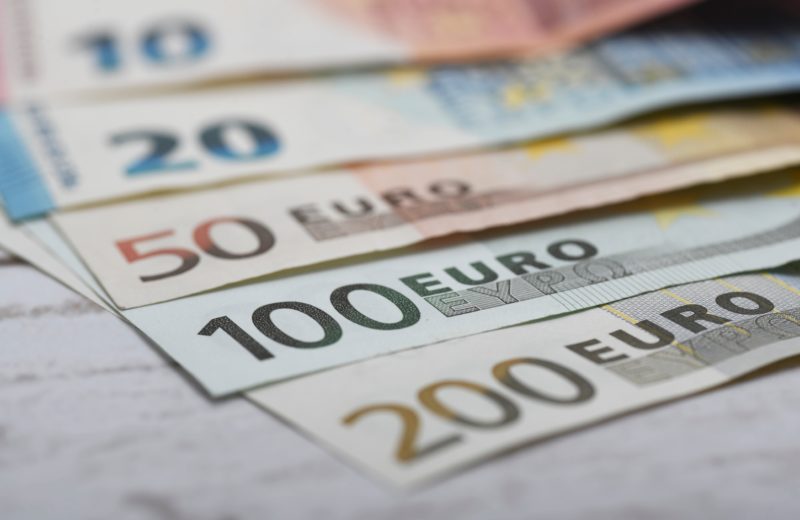The EUR/USD currency pair made a modest recovery from its 10-day low below 1.0930. Signalling that now might be the best time to trade EUR/USD. However, the near-term technical analysis points to a continuation of the bearish trend. The potential impact of risk perception will be a key driver in the absence of significant data releases.
The week started on a bearish note for EUR/USD, with the currency pair touching its lowest level in 10 days below the 1.0930 support level. Despite a modest rebound, the bearish bias remains prominent in the near-term technical outlook. This sentiment is evident as the pair trades below both the 20-period and 50-period Simple Moving Averages (SMA). Moreover, the Relative Strength Index (RSI) indicator continues to stay below the 50 mark, indicating a lack of substantial buyer interest.
EUR/USD Faces Resistance: Technical Outlook and Support Levels in Focus
The immediate resistance level for EUR/USD is positioned at 1.0960. It also coincides with the upper limit of an ascending regression channel. There is a chance that the currency pair manages to stabilize above this level. In that case, the subsequent resistance levels to watch will include 1.0980 (20-period SMA, 50-period SMA), 1.1000 (psychological level, static level, 100-period SMA), and 1.1020 (200-period SMA). However, the technical indicators suggest that the bearish momentum might prevail. It is no surprise, considering sellers’ potential to gain control. If the pair fails to recapture the 1.0960 resistance, the next bearish targets to watch are 1.0920, 1.0900, and 1.0860.
The market’s current focus on risk perception adds an additional layer of uncertainty to the equation. With no significant data releases scheduled for the day, investors are closely observing Wall Street’s performance. A bearish opening in major US stock indexes could potentially lead to a boost in demand for the US Dollar (USD), making it challenging for EUR/USD to sustain its rebound. Despite this news, the Euro’s valuation remained relatively unaffected.
EUR/USD Bears Target Sub-$1.09 on Deteriorating Market Sentiment
The EUR/USD’s decline by 0.33% on Friday reinforced the bearish sentiment. That way, the currency pair stopped at $1.09445 by the end of the day. The negative trend was influenced by the release of US producer price index numbers for July, marking the third consecutive week of negative territory for the currency pair.
Looking ahead, the focus shifts to wholesale prices from Germany. The trend in wholesale prices is particularly telling as it reflects the demand environment. With the recent backdrop of a weak demand environment, economists predict wholesale prices to fall by 2.5% year-over-year in July, following a 2.9% decline in June. A more significant decline could signal a worsening demand environment and potentially impact the EUR/USD’s trajectory.
The US Session: Fed Commentary and Its Influence on EUR/USD’s Trajectory
With a lack of economic indicators on the US calendar for the day, Fed commentary might strongly influence the EUR/USD’s performance. While no Federal Open Market Committee (FOMC) members are scheduled to speak, the market will be attentive to any commentary from media outlets. Despite sticky core inflation figures, the probability of the Fed maintaining rates in September has increased from 87.0% to 90.0% over the last week. In contrast, the likelihood of a 25-basis point rate hike remains low at 10.0%, according to the CME FedWatch Tool. Hawkish rhetoric could potentially alter this sentiment and lead to shifts in market sentiment.
In conclusion, the EUR/USD’s trajectory remains influenced by a delicate interplay of technical analysis, market sentiment, and economic data. The currency pair has shown a modest rebound from its recent lows. Therefore, the bearish bias in the near term persists. As markets navigate the week ahead, the focus on risk perception and potential shifts in the Fed’s stance will play pivotal roles in determining the direction of the EUR/USD.















